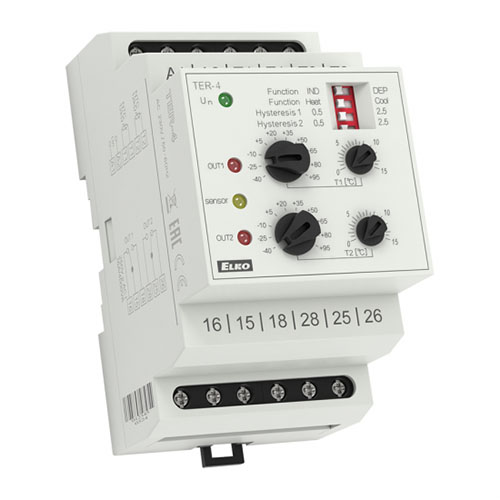Simplifying Life- IoT and Automation for People with Disabilities
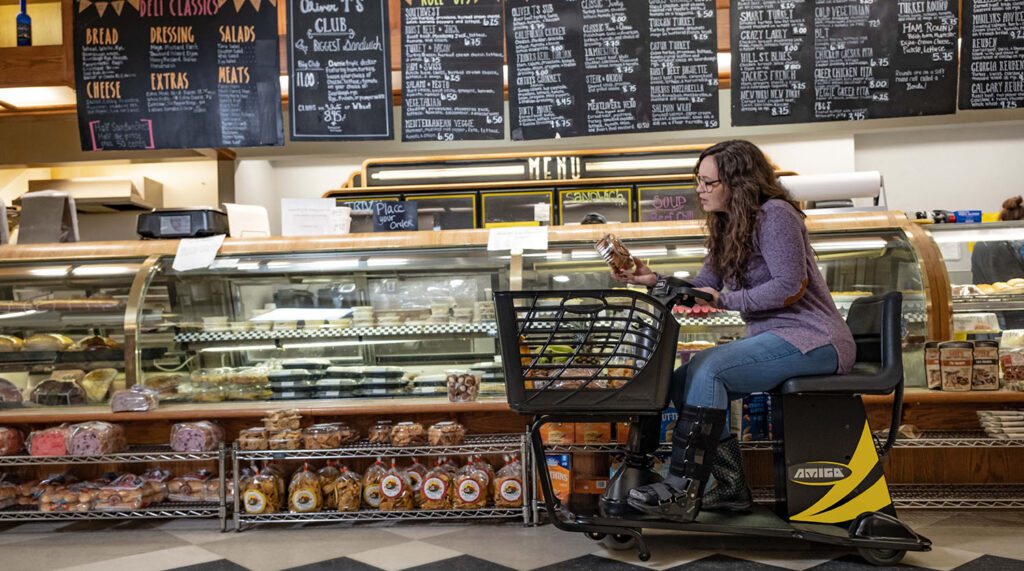
Empowering Accessibility: Smart Building Products Enhancing the Lives of People with Disabilities
Smart building technology has ushered in a new era of convenience and accessibility, especially for individuals with disabilities. These advancements in IoT and automation for people with disabilities offer a range of innovative solutions that transform living and working environments into inclusive spaces. In this article, we will delve into the diverse array of smart building products designed for people with disabilities, highlighting their transformative impact and the benefits they bring.
Smart Lighting Solutions: One of the foundational elements of a smart building is intelligent lighting. For individuals with visual impairments, smart lighting systems offer features such as customizable brightness, color temperature adjustments, and motion-activated lighting. Voice-controlled lighting further empowers individuals to control illumination effortlessly, enhancing safety and independence.
Automated Door and Entry Systems: Smart building products include automated door systems that greatly benefit people with mobility challenges. These systems feature motion sensors, automatic opening mechanisms, and remote controls, making entry and exit from buildings or rooms more accessible. Such innovations reduce physical strain and eliminate barriers for individuals with limited mobility.
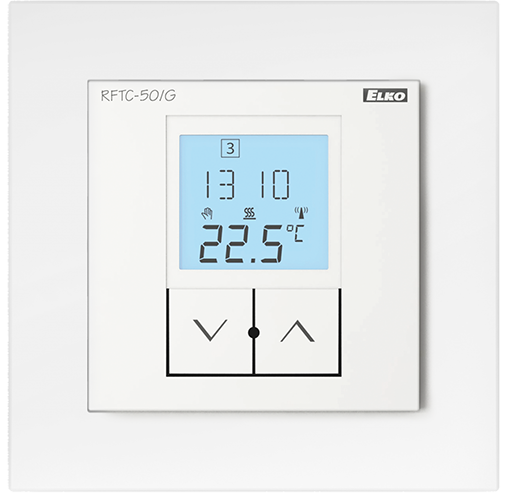
Adaptive Climate Control: Temperature regulation is essential for comfort, especially for individuals with specific medical conditions. Smart climate control systems allow users to adjust heating, cooling, and ventilation through voice commands or mobile apps. The ability to customize environmental conditions promotes well-being and ensures a comfortable living or working space.
Accessible Elevators and Escalators: Smart elevators and escalators equipped with IoT technology enhance accessibility in multi-story buildings. Features like tactile buttons, audio announcements, and adjustable lift speeds cater to the needs of individuals with mobility and sensory impairments, making vertical transportation more seamless and user-friendly.
Voice-Activated Building Automation: Voice-controlled smart assistants have revolutionized how individuals with disabilities interact with their surroundings. These devices allow users to control lights, appliances, thermostats, and more using simple voice commands. For people with limited mobility, this technology eliminates the need for physical interaction, fostering greater independence.
Assistive Communication Systems: Smart buildings incorporate communication systems that benefit people with hearing or speech impairments. Visual and tactile alerts, integrated video communication, and real-time translation technologies enhance communication accessibility, ensuring effective interaction with building occupants and staff.
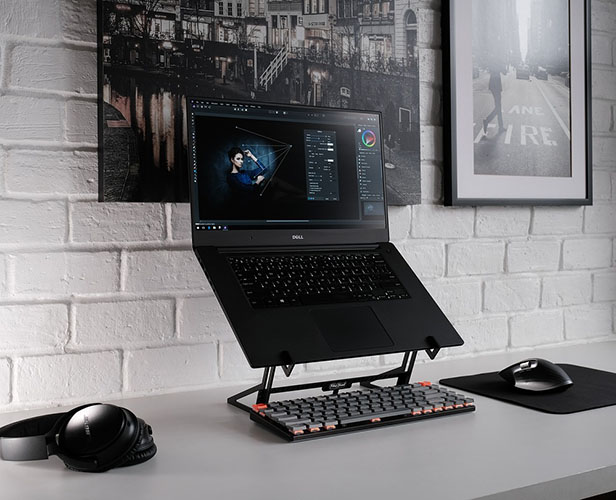
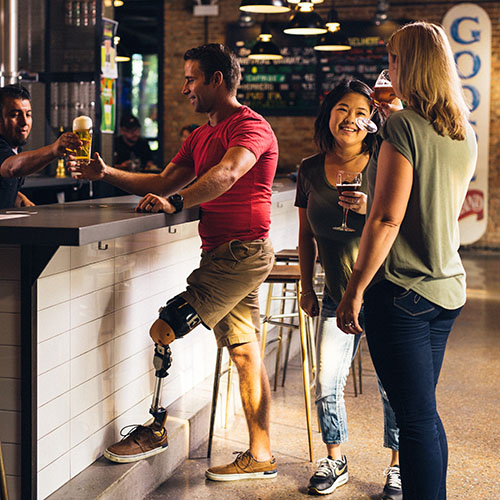
Real-Time Navigation and Wayfinding: Navigation within large buildings can be daunting, especially for individuals with visual impairments. Smart building technology, as is found in products using IoT and automation for people with disabilities offers indoor navigation solutions that leverage beacons, Wi-Fi, and augmented reality to provide real-time guidance. These systems help individuals reach their desired destinations independently.
Emergency Evacuation Solutions: In the event of emergencies, smart building technology enhances safety for individuals with disabilities. Visual and audible alarms, emergency lighting, and automated evacuation routes cater to various needs, enabling swift and secure evacuation procedures.
Smart Restroom Facilities: Restroom accessibility is a crucial aspect of inclusive building design. Smart restrooms equipped with features like touchless faucets, automated soap dispensers, and voice-activated flush systems promote hygiene and ease of use for individuals with mobility and sensory challenges.
Customizable Workspace Solutions: Smart buildings provide the flexibility to adapt workspaces to individual needs. Height-adjustable desks, ergonomic seating, and personalized lighting contribute to a comfortable and productive environment. For people with disabilities, these features promote well-being and optimal work conditions.
Privacy and Data Security Considerations: While the benefits of smart building products for people with disabilities are undeniable, data security and privacy are essential considerations. Manufacturers must ensure that data collected by these systems is protected and used responsibly, respecting the privacy of individuals.
Smart building technology has redefined the concept of inclusive design by offering a wide array of products that cater to the needs of people with disabilities. From lighting and climate control to navigation and communication, these innovations empower individuals to navigate their surroundings with greater ease and independence. As these technologies continue to evolve, they pave the way for a more accessible and inclusive built environment, where everyone can thrive and participate fully.

